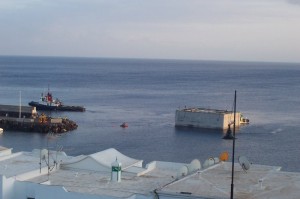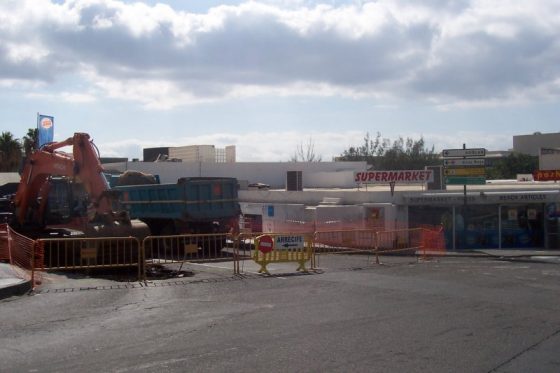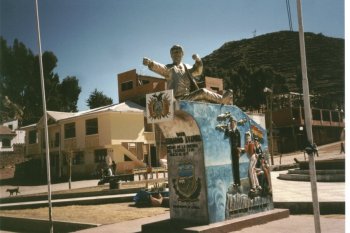Many countries are renowned for their street traders selling anything from watches to sun block along their beaches.
Puerto del Carmen has a different type of trader – the flashing toy merchants.
They prey on unsuspecting families around the harbour after dark, their wares flashing away in bright colours, in the hope that the small children will be so fascinated that their parents will be unwilling to say „no“ on holiday.
One of the tricks it to get a small child to actually take the toy, making it even harder for the parents to avoid having to pay for it.
A favourite spot seems to be the playground near to the boules. Here they do not like taking no for an answer – in any language!



